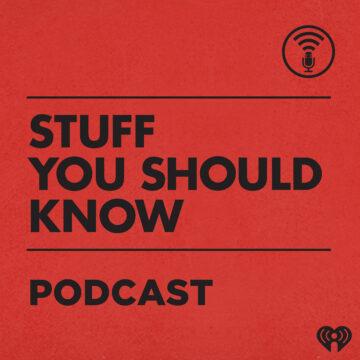What we know about the often clandestine operation of how countries trade prisoners, and what that means for WNBA star Brittney Griner. And Jason Rezaian weighs the U.S. response to hostage-taking by hostile governments.
Read more:
With the sentencing of Brittney Griner last week, the clock started ticking on potential U.S. negotiations with Russia to secure the release of the WNBA star and another American, security consultant Paul Whelan. But how do prisoner swaps actually work? What are the considerations both countries have to weigh before agreeing? And what happens after a deal is made? Senior national security correspondent Karen DeYoung breaks down the ins and outs of prisoner swaps.
Also, Post Opinions writer Jason Rezaian – who was released as part of a prisoner swap after spending 544 days in an Iranian prison – talks about the growing problem of Americans being taken hostage by hostile governments and what to expect in the Griner case. “I’m asked often if I’m for or against these kinds of exchanges,” he said. “My answer is, that’s not the right question. The right question is … ‘What are we doing to deter hostage-taking in the first place?’”








